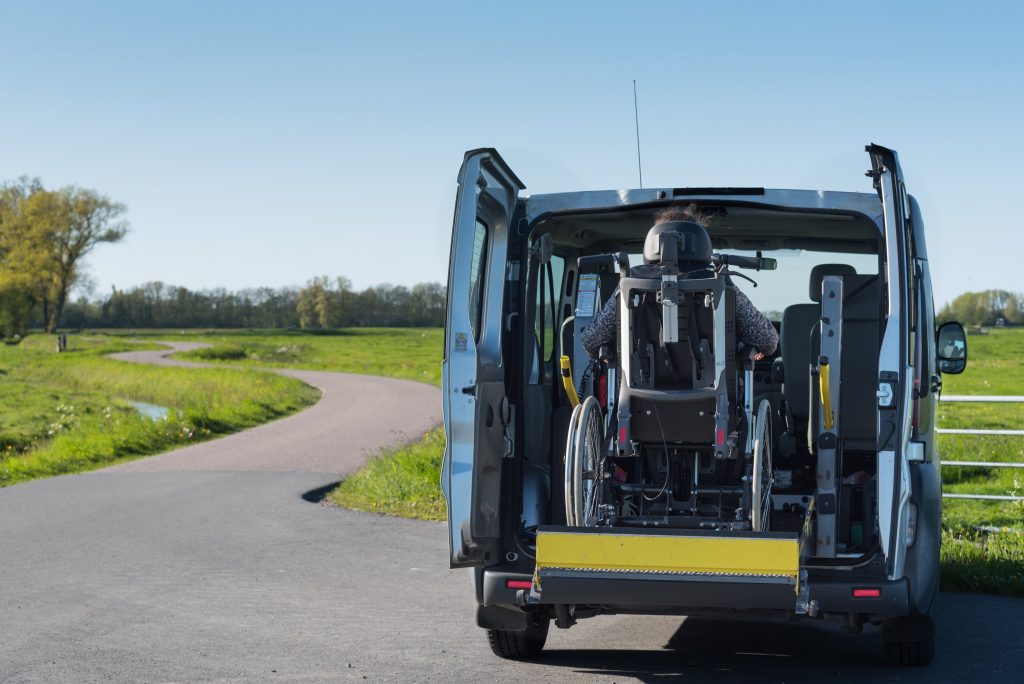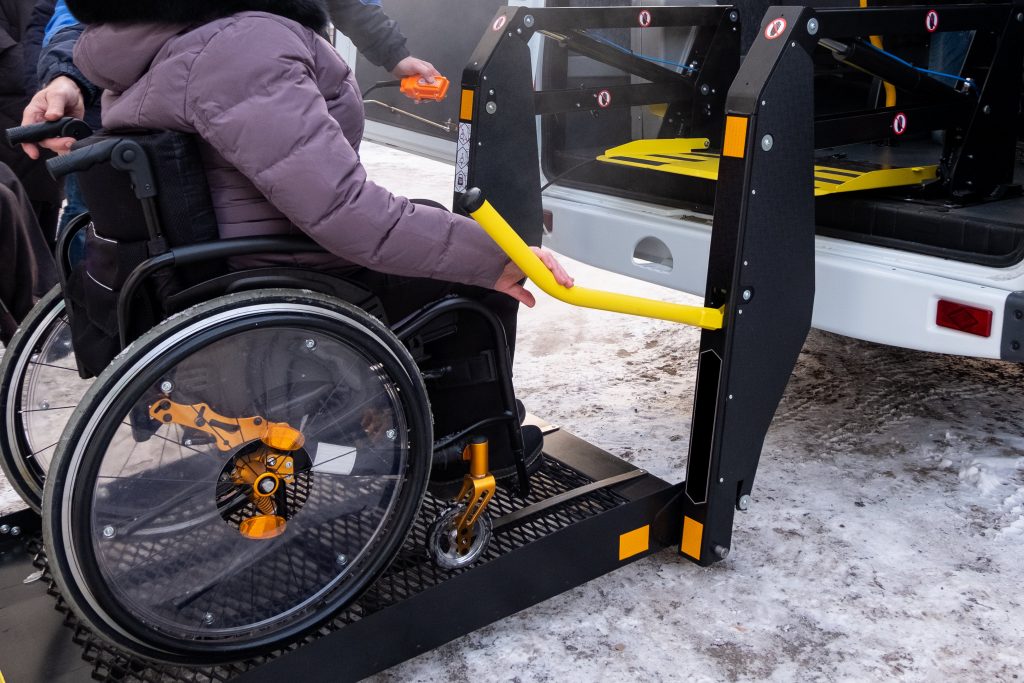Types of Disability Vehicle Adaptations
Disability no longer means you have to sacrifice your independence. Disabled drivers now have access to a wide range of modifications, available from most vehicle manufacturers, to make their vehicles more user-friendly and comfortable to drive. There are so many available, however, where do you begin?
There are hundreds of permutations of disability modifications available for vehicles. To make sense of the most common types, it’s helpful to split them into three main categories – driving, stowage, and accessibility.
Driving
A range of driving adaptations make driving the vehicle more comfortable than it otherwise might be, or can even make it possible to drive where before it wasn’t. These modifications help with the necessary parts of driving, such as throttle control, braking, and steering. Depending on your disability you can have options that simply attach to the vehicle, or can even replace the standard setup altogether. In many cases the original controls remain untouched, allowing named drivers to still use the vehicle comfortably.

Pedal controls
Your options to control the speed and braking of the vehicle include a variety of hand-throttles and pedal extensions, depending on the nature of your disability and what you can/can’t do comfortably. Common types include trigger throttles, over-ring and under-ring throttles, and ghost ring throttles.
Steering controls
One of the most common steering aids fitted is the steering ball. This allows you to steer the vehicle one-handed, without requiring excessive movement. If you have hand controls fitted to your vehicle for acceleration and braking, a steering ball will be necessary as you will need one of your hands to operate them.
Remote controls
Remote controls are designed to allow you to easily access functions such as the windscreen wipers, indicators, and lights. They will often be installed on a single control panel near the steering wheel, often in conjunction with a steering ball, so you can easily operate all the necessary instruments with one hand.
Stowage systems
Stowage systems handle the loading and storage of your wheelchair/scooter/other mobility device into and out of the vehicle. Common types include boot hoists and rooftop stowage. They work simply, taking the device’s weight so you can easily guide it into position. You may also consider choosing a lightweight wheelchair, for use when making journeys, which is easier and far less cumbersome to fold and store than other options.

Boot hoist
Boot hoists stow your scooter/wheelchair in the vehicle’s boot. They come in two main configurations – two-way hoists, and four-way hoists. Four-way hoists are necessary for larger scooters and heavier wheelchairs, where two-way hoists are perfect for lighter equipment.
Rooftop stowage
Rooftop stowage is a great choice for stowing a manual wheelchair that still allows you to use your boot for general storage. It’s a box on the car’s roof, coupled to an electric hoist to lift the wheelchair from the ground. Be mindful of height-restricted parking spaces, however.
Lightweight wheelchair
You may have the option of leasing a lightweight manual wheelchair as a part of your car lease. They have been specifically designed to be as lightweight and easy to fold as possible, making them relatively simple to store in most vehicles. Often the lease can be transferred when you get a new vehicle.
Accessibility
Wheelchair accessible vehicles aren’t the only option, depending on the nature of your disability there are a number of different options for your vehicle. As these options generally don’t alter the vehicle itself, they can be transferred onward when you get a new vehicle.

Transfer plates
Fitted to the side of the seat, transfer plates give a smooth surface between the seat of a wheelchair and the seat of the car – making it easier to slide from one to the other. There are both manual and electric options available, though electric versions are more expensive.
Electric hoists
An electric hoist is a hoist permanently mounted to the vehicle, which consists of three sections that clip together to form a frame. Then, using a heavy-duty canvas swing and secure hooks, the hoist can comfortably lift the user into the vehicle.
Swivel seats
Swivel seats turn to make getting in and out of the vehicle easier, and in some cases the seat itself can move out of the vehicle. There are both manual and electric options available, depending on your needs. The same is also available for your wheelchair.
Choosing the best for you
Now you know the key ways disability modifications are identified, you’ll be better able to choose the right range of modifications for your vehicle.

